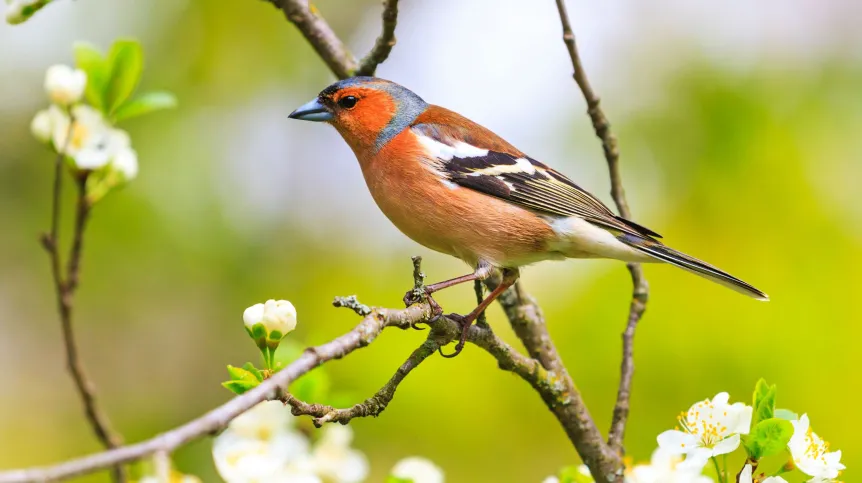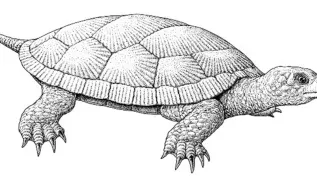
Microplastics, carbon nanotubes, synthetic fibers - microscopic waste of anthropogenic origin has been detected in the digestive tract of every fifth bird examined in Poland, according to a polish study published in Scientific Reports.
A team from the University of Białystok, students from the local W. Chętnicki Biologists' Scientific Club and volunteers from the Szklane Pułapki Foundation decided to determine the consumption of microscopic anthropogenic waste by nine common bird species including chaffinch, greenfinch, pine tit and blue tit. The researchers wanted to assess their potential as indicators for monitoring environmental pollution.
Of the 149 tested birds, 31 were confirmed to have consumed microscopic anthropogenic waste, representatives of the University of Białystok report in a release sent to PAP.
Chemical analysis of these particles revealed the presence of microplastics (polystyrene, polyethylene and polyethylene terephthalate), carbon nanotubes and synthetic cellulose fibres (cotton, viscose and rayon).
In their publication in "Scientific Reports", the researchers conclude that 300,000 tonnes of microplastics per year end up in North American crops, while in Europe it is 320,000 tonnes. Almost 1.1 million tonnes of synthetic cellulose microfibres are produced worldwide through domestic washing. People consume an average of 52,000 particles per year, and if we take into account particles inhaled with air, a total of 121,000 particles are consumed per year.
'Previous scientific studies have confirmed the consumption of microscopic anthropogenic waste by about 1,600 species of animals and have shown a number of health consequences, such as physical damage to the digestive system, inflammation, immunological problems and oxidative stress', reminds Krzysztof Deoniziak, PhD, from the Faculty of Biology of the University of Białystok, quoted in the university's press release.
The new research shows that finches consume more microscopic waste than tits, and higher consumption rates were observed in the non-breeding period.
The consumption of microscopic waste by the studied species turned out to be lower compared to other land birds, such as the blackbird and the song thrush, whose consumption of microplastics was recently analysed by the same research team. This difference is probably due to the different diet and feeding methods of finches and tits.
'Since the studied species often fall prey to various predators, they can facilitate the transfer of microscopic waste to higher trophic levels, i.e. to organisms higher up in food chains, potentially affecting wider ecological systems. The study also showed the possibility of using birds that died as a result of collisions with anthropogenic objects for scientific purposes', Krzysztof Deoniziak adds. (PAP)
lt/ agt/













